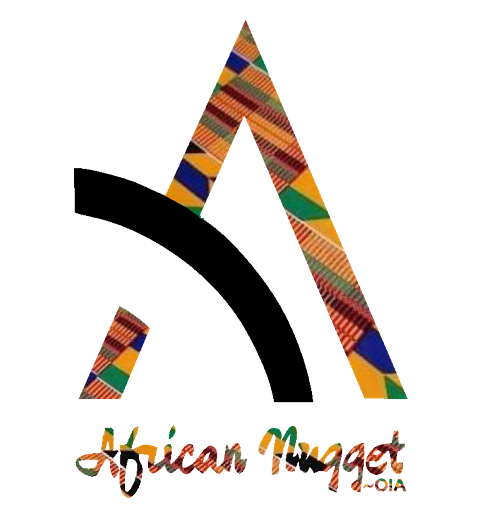The Day a Crowd Cheered Injustice
The Day a Crowd Cheered Injustice
In the spring of 1916, a 17-year-old Black farmhand in Waco, Texas was pulled into one of the most notorious acts of racial violence in American history. His name was Jesse Washington, and after a rushed trial and a confession obtained under intense pressure, he was taken from the courtroom before any real investigation could happen.
Instead of a legal process, an enormous crowd families, workers on lunch break, even children gathered in the town square. What happened next was not justice, but a public killing carried out in front of an estimated fifteen thousand spectators. Many in the crowd treated the event like entertainment. Photographers documented the scene, turning the images into postcards that were sold and mailed around the country.
A national civil rights organization investigated the event and published a report with testimonies and photographs, hoping it would force Americans to confront the racial terror many Black communities lived under. But no one involved in the violence faced consequences. Life in the town moved on, and the postcards survived far longer than the memory of the boy who lost his life that day.
The event became known as “the Waco Horror,” one of thousands of racially motivated killings in the United States between the late 1800s and mid-1900s. Remembering it is part of understanding how deeply fear and inequality shaped generations and why telling the truth about the past still matters today.

















